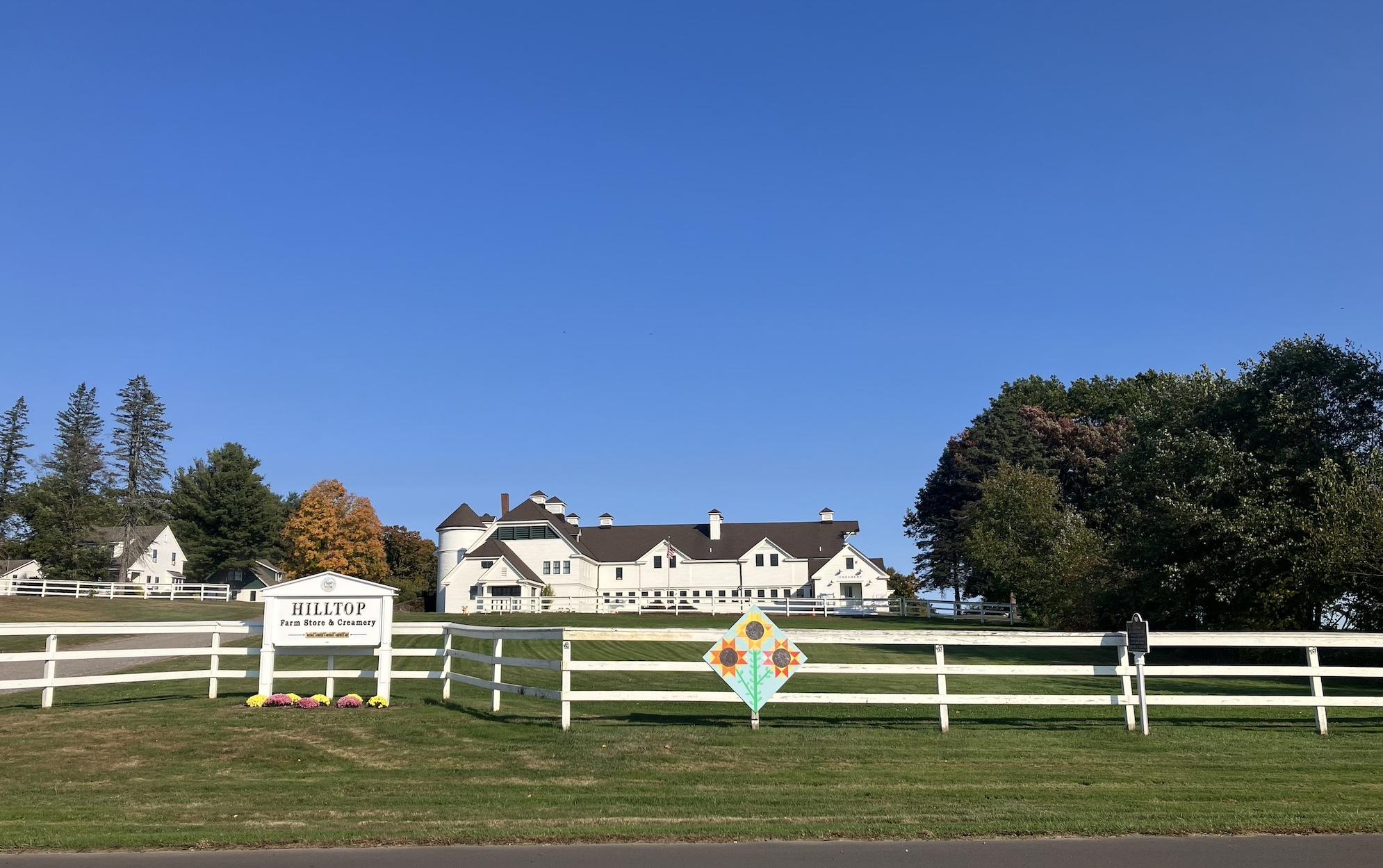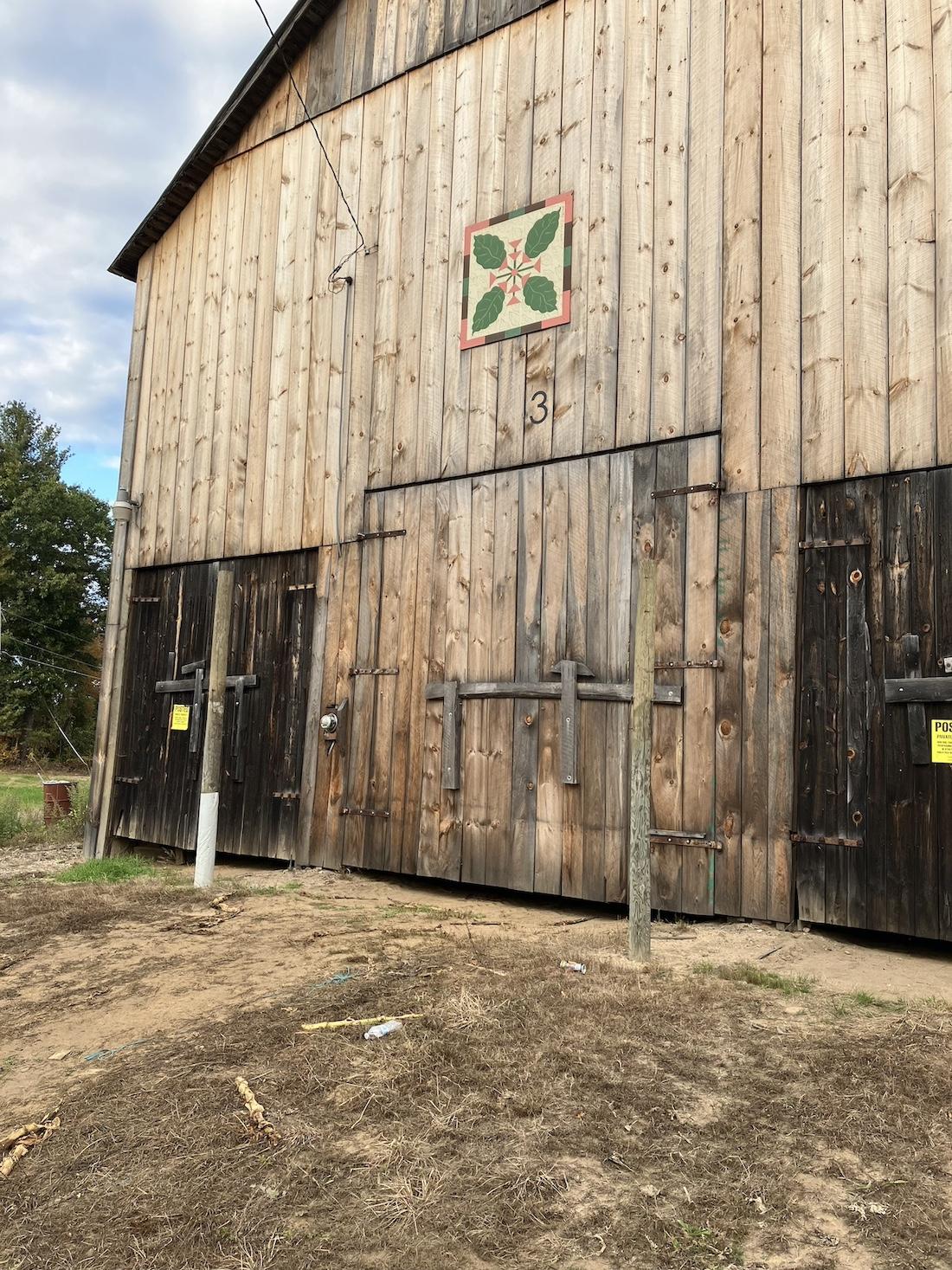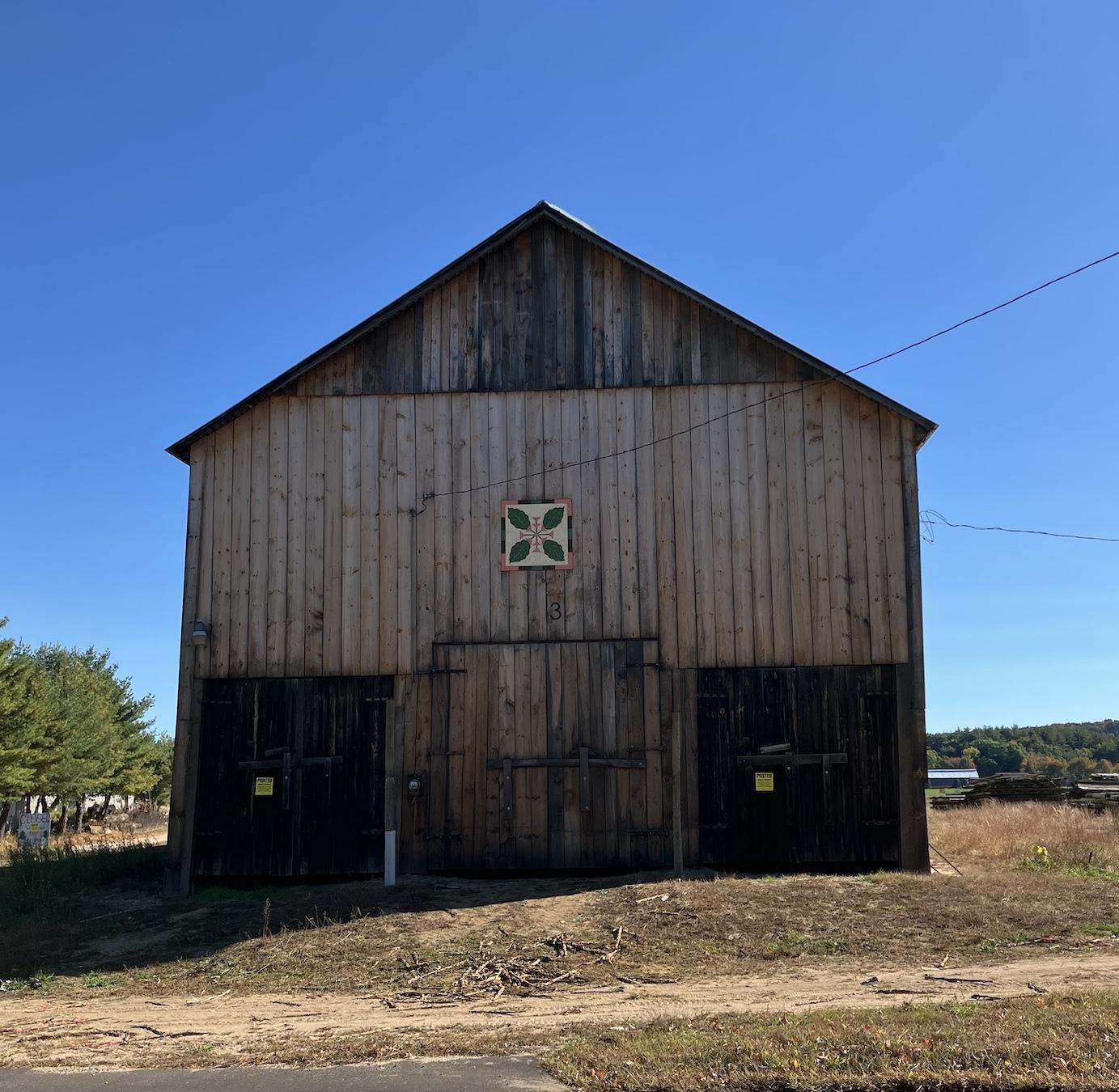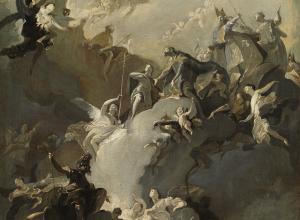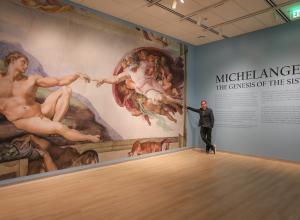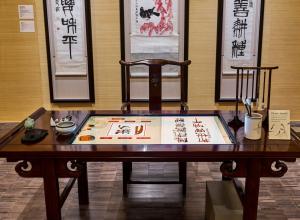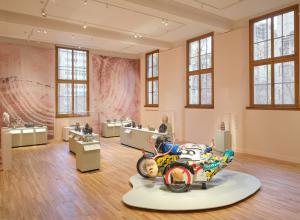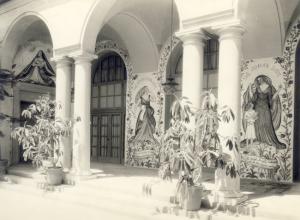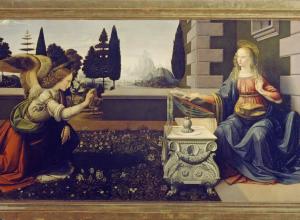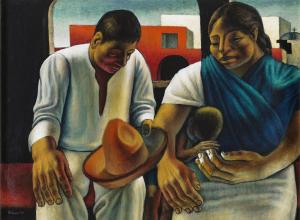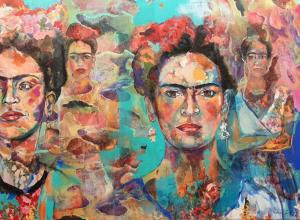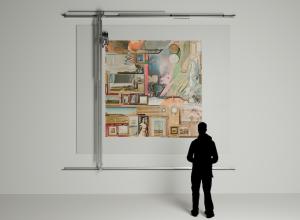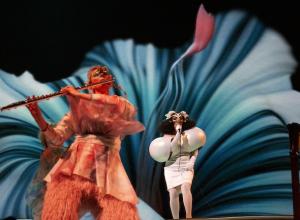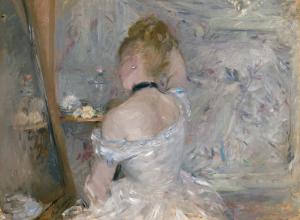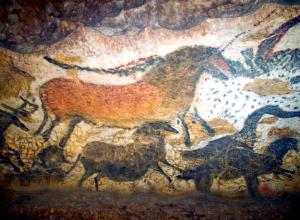Geometric designs are painted onto the wood and were originally used to denote the family that owned the barn and land, since no two quilts were alike. Barn quilts are thought to date back around 300 years, when European immigrants brought the concept with them to Pennsylvania. Barns were generally not painted, so artwork was hung on the sides as a type of identification. Not long after, this painting style spread to other colonies.
During the Revolutionary War, barn quilts became symbols for American forces to locate areas where supplies, and even sleeping arrangements, were readily available. These wood blocks are also believed to have served a similar purpose during the Civil War, as freedom seekers used them— along with actual, fabric quilts hung on clotheslines and in window sills— to find places of safety and receive secret codes.




